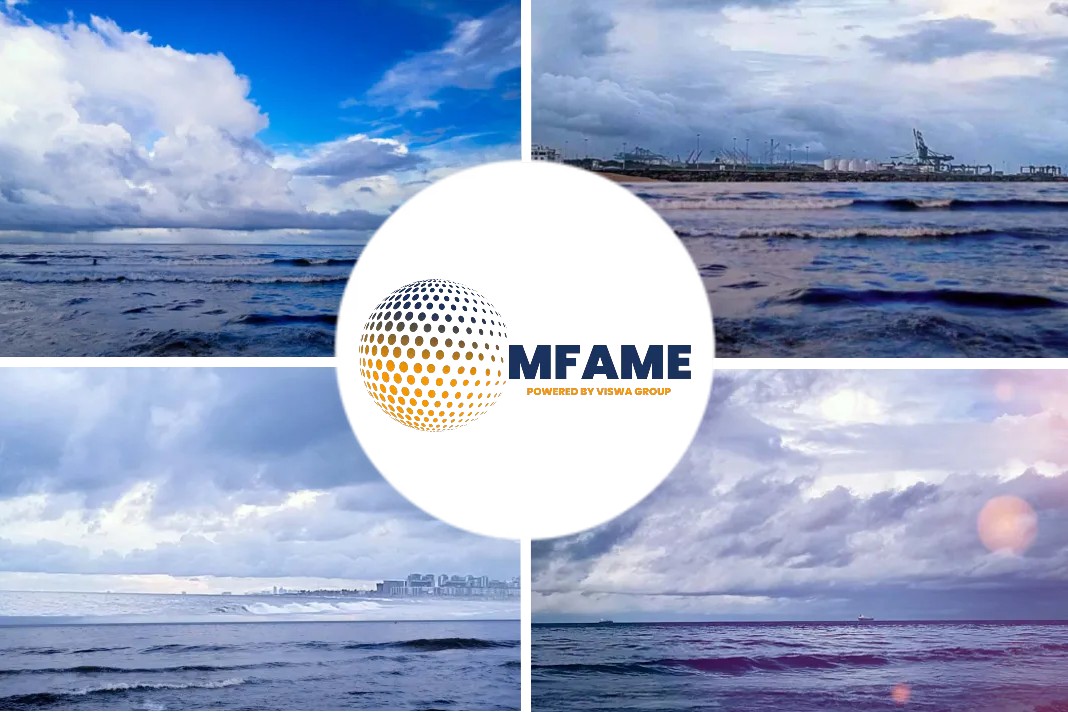
- Spot cargo from Asia is being heavily discounted by ocean carriers as a “top-up” for their much higher-paying contract business.
- Carriers have effectively encouraged forward quoting by Chinese forwarders with fictitious rates, a director of a UK-based forwarder says.
- UK forwarders say that carriers have been given “carte blanche” on rates to fill the ships this side of Christmas.
Spot cargo from Asia is being heavily discounted by ocean carriers as a “top-up” for their much higher-paying contract business, reported by The Loadstar.
Rising operating costs
However, steep rises in bunker prices and skyrocketing operating costs suggest that pre-pandemic rates are unsustainable in the long run.
The 22% increase in transport expenses per unit compared to the same period in 2021 was overshadowed by Hapag-record Lloyd’s $14.7bn net profit for the first nine months of this year.
The headline figure was a 71% increase in bunker costs, but there were also significant double-digit increases in handling and haulage costs, vessels and voyage costs, and equipment and repositioning costs.
Charter rates
There are also other increases on the way, such as significantly higher charter hire and port handling hikes linked to inflation-beating new wage deals that will hit carrier balance sheets next year.
Meanwhile, carriers are temporarily adjusting shipper contract rates closer to the level of spot indices, significantly reversing the average rate per teu on many trades if they have not already done so.
The impact of spot rate contagion ahead of contract renegotiation seasons for Asia-Europe and transpacific trade lanes will slash contract carrier revenues significantly next year.
Forward quoting
Furthermore, in their efforts to fill their ships with low-paying spot cargo, carriers have effectively encouraged “forward quoting” by “Chinese forwarders with fictitious rates,” as a director of a UK-based forwarder told The Loadstar today.
“Selling a rate that doesn’t exist yet to make yourself appear to have exceptional rates,” he explained. He also stated that the process “creates distrust between importers and their current forwarders.”
“Forwarders who don’t understand the tactic being used against them will bash their liner reps for lower rates because forwarder x or forwarder z is quoting ‘y’ rate.” This causes rates to drop faster and the lines to crash.”
Carrier pricing
Another UK forwarding contact claimed carriers had “completely lost the pricing discipline they had during the pandemic,” adding, “The line account managers appear to have been given ‘carte blanche’ on rates to fill the ships this side of Christmas.”
He claimed that the major lines from China to the UK were offering him rates “way below what you see in the press.”
Supply/demand balance
“I suppose they can live with those rates as long as they have base traffic at higher rates,” he said, “but what happens when those rates expire?”
Indeed, if the supply/demand balance remains out of whack next year, and average rates per teu fall significantly, the liner industry may find itself in yet another cycle of ‘survival of the fittest,’ or of the least-exposed, despite its extraordinary gains over the last two years.
“Everyone wanted a sustainable rate level to be reached,” said Ryan Clark, co-owner and director of UK-based Westbound Logistics Services, which has offices in China.
“Nobody wants to see a liner go out of business because it will increase demand and potentially push rates up to an uncomfortably high level for importers.”
Did you subscribe to our Newsletter?
It’s Free! Click here to Subscribe.
Source: The Loadstar






















